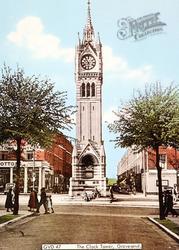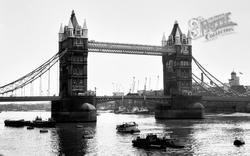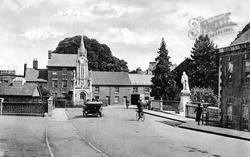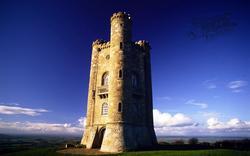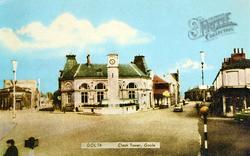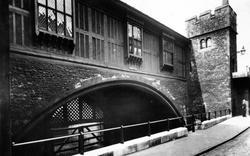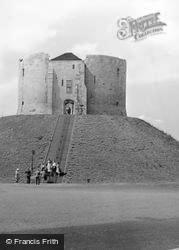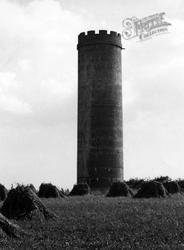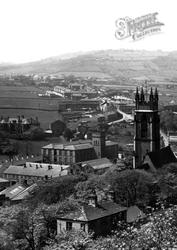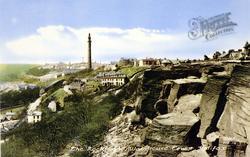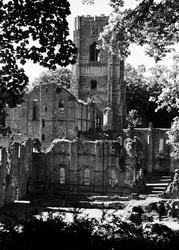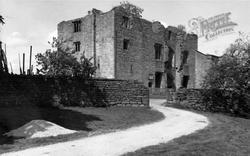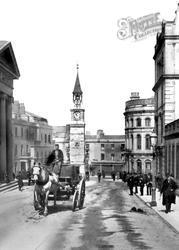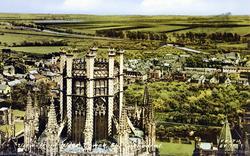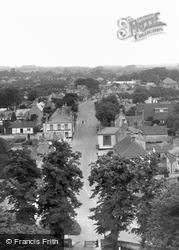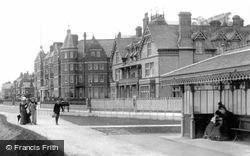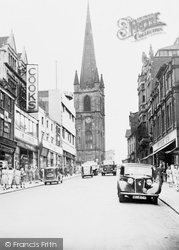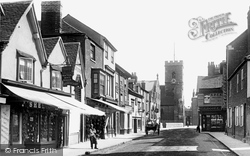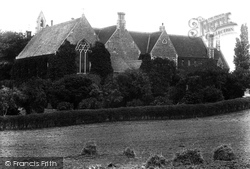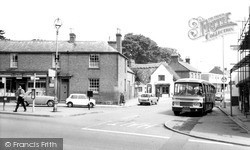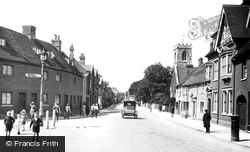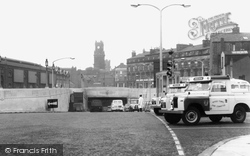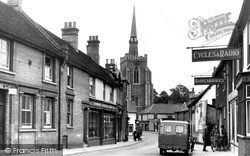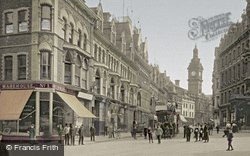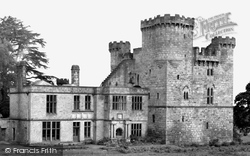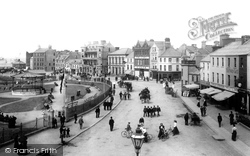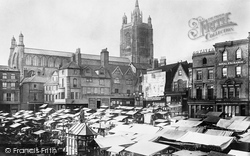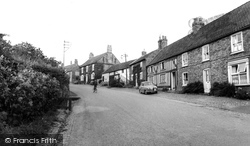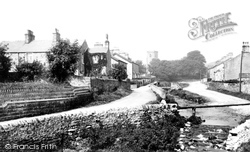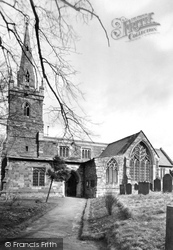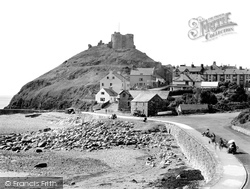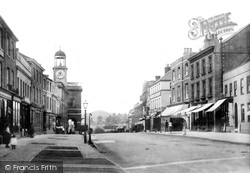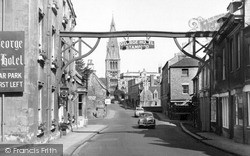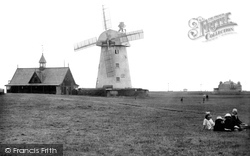Places
36 places found.
Those places high-lighted have photos. All locations may have maps, books and memories.
- Poplar, Middlesex
- Bow, Middlesex
- Bethnal Green, Middlesex
- Stepney, Middlesex
- Alton Towers, Staffordshire
- Isle of Dogs, Middlesex
- Limehouse, Middlesex
- Spitalfields, Middlesex
- Barjarg Tower, Dumfries and Galloway
- Bromley, Middlesex
- Stratford Marsh, Middlesex
- Tower Hill, Merseyside
- Tower Hill, Essex
- St George in the East, Middlesex
- Wapping, Middlesex
- Globe Town, Middlesex
- Old Ford, Middlesex
- Cubitt Town, Middlesex
- Tower Hill, Cheshire
- Tower Hill, Surrey
- Bow Common, Middlesex
- Mile End, Middlesex
- Millwall, Middlesex
- Ratcliff, Middlesex
- Warmley Tower, Avon
- Tower Hill, Hertfordshire
- Tower End, Norfolk
- Tower Hamlets, Kent
- Tower Hill, Devon
- Tower Hill, West Midlands
- Blackwall, Middlesex
- North Woolwich, Middlesex
- Hackney Wick, Middlesex
- Shadwell, Middlesex
- South Bromley, Middlesex
- Tower Hill, Sussex (near Horsham)
Photos
2,720 photos found. Showing results 2,381 to 2,400.
Maps
223 maps found.
Books
1 books found. Showing results 2,857 to 1.
Memories
637 memories found. Showing results 637 to 637.
Captions
3,036 captions found. Showing results 2,857 to 2,880.
The initials TH and LHH which appear over the tower door and on the family pew stand for Thomas Hibbert and his sister Letitia Hamilton Hibbert, of Birtles Hall.
The prominence of the church tower is emphasised well.
Until 1883, only its tower was visible; then two pubs which jutted into the street, one on each side, were demolished for road improvement.
Unfortunately, the chapel lost its quality by the addition in 1953 of a plain, squat tower that seems a poor design and most injudicious.
The battlemented tower of St Bartholomew's (left) just shows above the row of rather good brick and tile cottages, into which the post office has been thrust.
Note the new prison (built 1820) to the left of the main castle buildings with its chimneys and observation tower, all of which have been removed.
The church tower on the right is St John's, originally the chapel to St John's Hospital, whose 13th-century core survives nearby.
The town hall tower shows above the entrance. The houses and shops on the right were pulled down shortly after our photograph was taken.
After his death in 1128, further construction was undertaken in the 13th and 14th centuries, culminating in the building of the west tower in the 15th century.
The building to the right of the tower is Whitworth Hall, paid for by the Sir Joseph Whitworth Estate.
We are looking west towards Station Road and the church - the delicate spire was added to the tower in 1712. The Stowmarket Co-op on the left has been rebuilt.
The Town Hall tower (centre right), designed by T M Lockwood and E A Landsdowne, was opened in 1885. It has since been demolished to make way for the British Home Stores.
Built of honey-coloured sandstone, the old castle is in fact a 14th-century L-plan tower house built by the de Middleton family.
Their mark on the scene is the stone-built Tower House to the left of the terraces. It was built in 1637, soon after the charter from James the First brought the Scots to make the new plantations.
The large impressive Perpendicular church has a four-stage powerful tower; the steeple gave the church an overall height of 186ft. The whole building has castle-like battlements and pinnacles.
In the background is the soaring tower of the 15th-century 180ft long church of St Peter Mancroft, with its peal of twelve bells and concealed hammerbeam roof.
The only part of the much-rebuilt Norman Castle that remains is the Tower House and Great Chamber. William Inge was born here in 1860; he later became a controversial Dean of St Paul's Cathedral.
The church of St Helen, with its 15th-century tower, can be seen on the skyline. It was largely rebuilt, but very much in keeping with the original style, in 1901.
The church, a Norman foundation, is impressive, dominated by its ironstone tower and recessed spire.
Further work was carried out between 1287 and 1288, and the towers were heightened during the reign of Edward II.
This view shows the western end of East Street, with a closer look at the Town Hall clock-tower and cupola, and Colmer`s Hill forming the conical eminence in the distance (centre).
On the sky line, mid-way between the towers of St Mary's and St Michael's, is the statue of Justice on top of the prestigious Stamford Hotel.
A 16th-century survey lists the gatehouse and gates as being in ruins, and two towers and domestic quarters as being in good repair.
The 18th-century machinery inside is older than the structure, but like many of the tower mills it has a long history.
Places (38)
Photos (2720)
Memories (637)
Books (1)
Maps (223)




